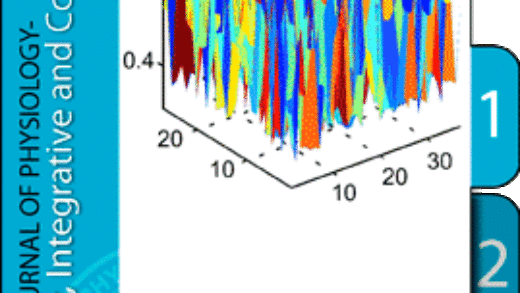I was diagnosed with “vassodepressor syncope” (a type of Neurocardiogenic Syncope (NCS)) almost a decade before I started to investigate EDS, and yet I’ve recently realized that I know less about it than perhaps any of my other diagnoses. So, I’m making an effort to change that, and I want to share some of what I find here.
ABSTRACT:
SELECT QUOTES:
Words are the same, but formatting changed for ease of reading!
Neurocardiogenic syncope results from excessive autonomic reflex activity, which shows as abnormal vascular tone and heart rate.
In contrast, orthostatic hypotension is a failure of the autonomic reflex response.
Once cardiac arrhythmias, structural heart disease, and non-cardiac causes of syncope have been ruled out, head up tilt testing is usually the first line of testing. Tilt testing is an orthostatic stress test, used when neurocardiogenic syncope is suspected.
In people without neurocardiogenic syncope, tilting causes a
– reduction in venous return,
– with subsequent baroreceptor stimulation and increased α and β adrenergic tone, averting syncope.
In patients with neurocardiogenic syncope, tilting causes
– decreased venous return,
– but sympathetic tone increases with stimulation of cardiac C fibres.
– This leads to stimulation of the medullary vasodepressor region of the brain stem, resulting in sudden reduction in sympathetic tone (vasodilation)
– and concomitant increase in vagal tone (bradycardia), with consequent syncope.
Tilt testing is considered positive if the original symptoms are reproduced, along with an abrupt drop in blood pressure, heart rate, or both.
Treatment:
β blockers are preferred as initial treatment, as they are believed to reduce the degree of mechanoreceptor activation and block the effects of circulating catecholamines.
> However, randomised controlled trials fail to support the efficacy of these drugs, showing no difference from placebo
> Furthermore, β blockers may worsen syncope through their negative chronotropic effects and atrioventricular node blocking effects.
α agonists work by increasing peripheral vascular resistance and reducing vascular capacitance (to cause increased venous return).
> Midodrine, an α agonist, has been shown to be effective in several randomised controlled clinical trials.
Selective serotonin reuptake inhibitors selectively block serotonin, which has been shown to induce vagally mediated bradycardia and blood pressure lowering.
> Selective serotonin reuptake inhibitors have been used to treat syncope, but their efficacy has been documented in only one randomised controlled trial of 68 patients to date.
> Side effects of these agents include nausea, insomnia, weight gain, and sexual dysfunction.
Fludrocortisone, a mineralocorticoid that promotes renal reabsorption of sodium to cause increased blood volume, has been used in the treatment of vasodepressor syncope in both children and adults.
> Vascular volume and preload are maintained through the resultant sodium and water retention by fludrocortisone, thereby preventing activation of the cardiac mechanoreceptors.
Enhanced vagal activity in vasodepressor syncope is counteracted by using anticholinergic agents, which are useful when syncope is due solely to increased vagal tone and not to vasodilation.
—> Scopolamine, an anticholinergic agent, has central nervous system depressant effects and has been used successfully in some patients with syncope.
Disopyramide, a class Ia antiarrhythmic agent with anticholinergic and negative inotropic effects, is not considered first line treatment because of the risk of proarrhythmic and anticholinergic side effects (dry mouth, constipation, blurred vision, and urinary retention).
In most people with neurocardiogenic syncope, a fall in blood pressure precedes bradycardia, so pacing may be ineffective in most patients.
—> However, dual chamber pacing may be effective in reducing symptoms if there is a large cardioinhibitory component.
—> The cardioinhibitory component results from enhanced parasympathetic tone, manifested by slowing of the sinus rate or prolongation of the PR interval and advanced atrioventricular block, either alone or in combination.
CITATION:
Chen-Scarabelli C, Scarabelli TM. Neurocardiogenic syncope. BMJ. 2004 Aug 7;329(7461):336-41. doi: 10.1136/bmj.329.7461.336. PMID: 15297344; PMCID: PMC506859.

